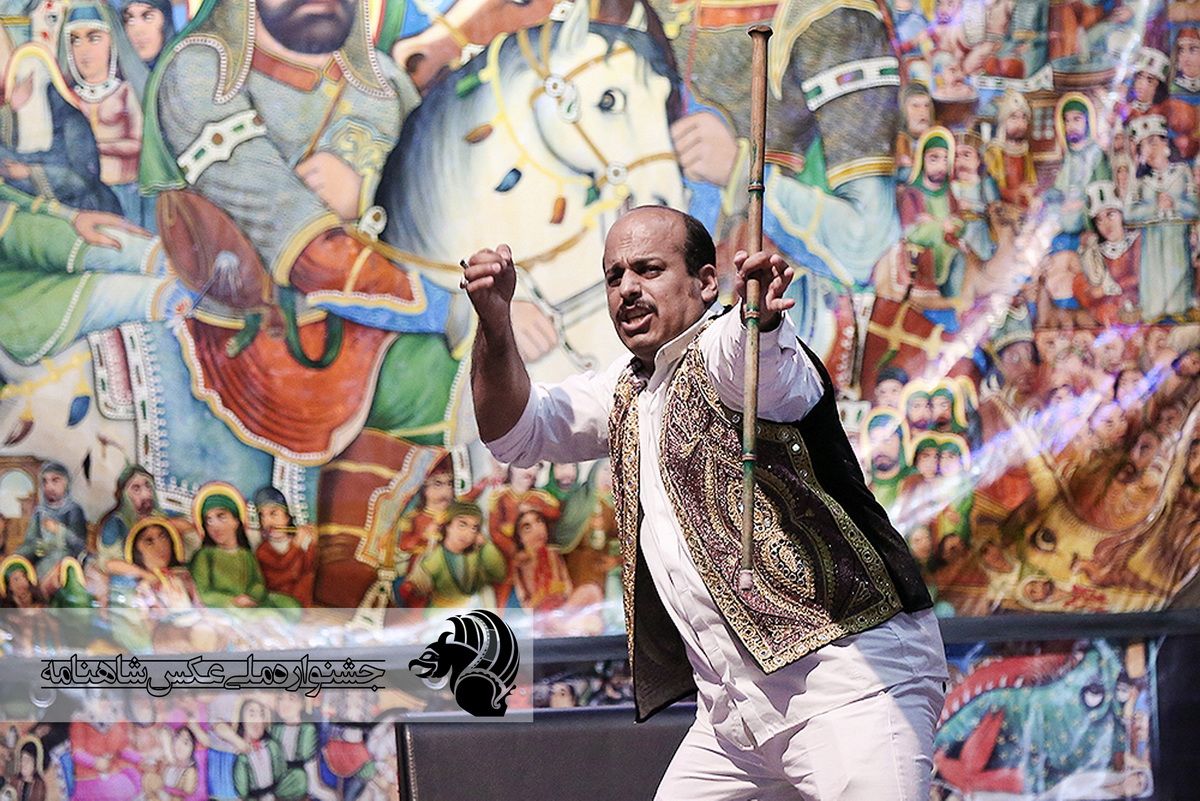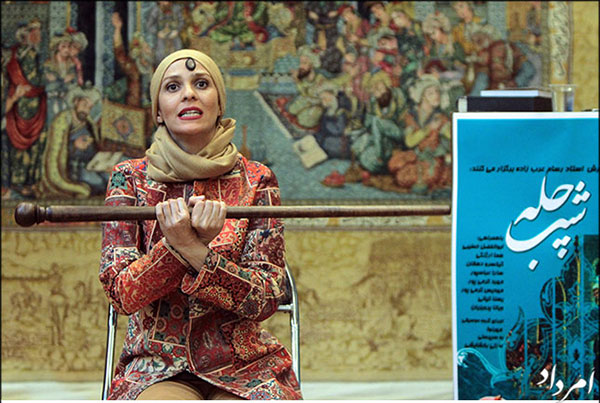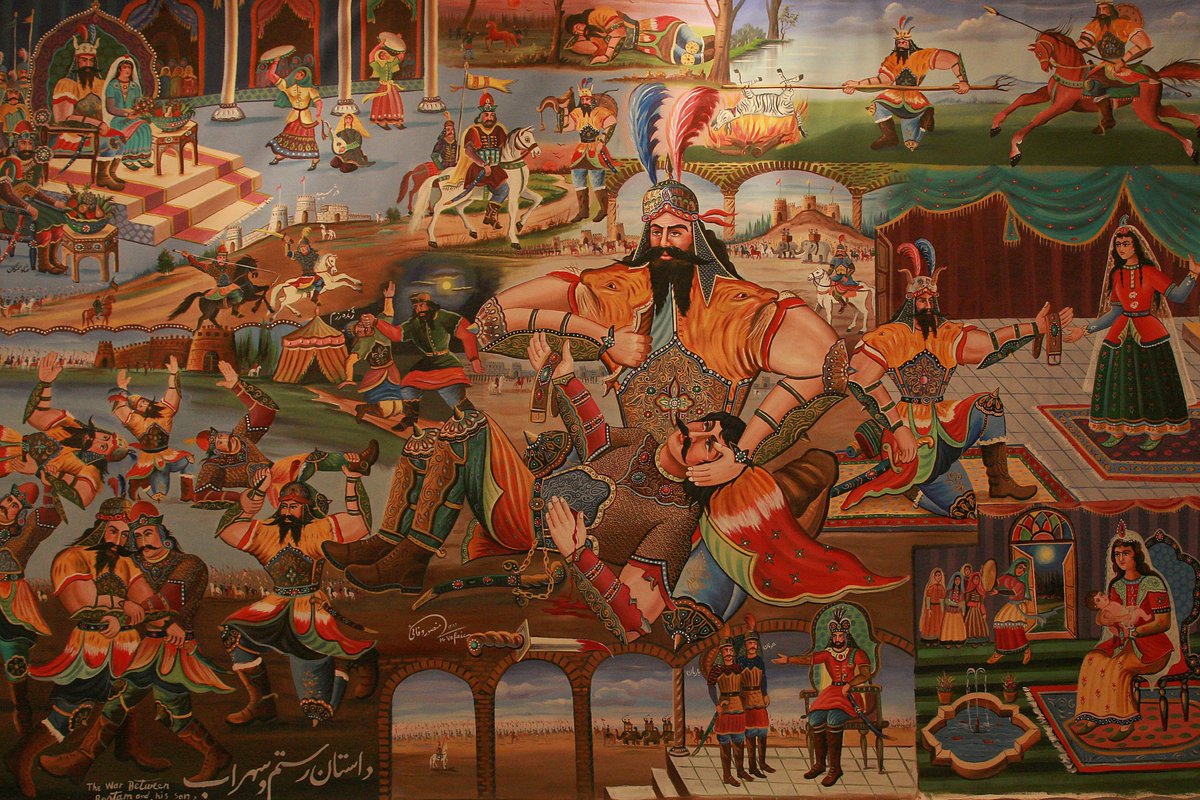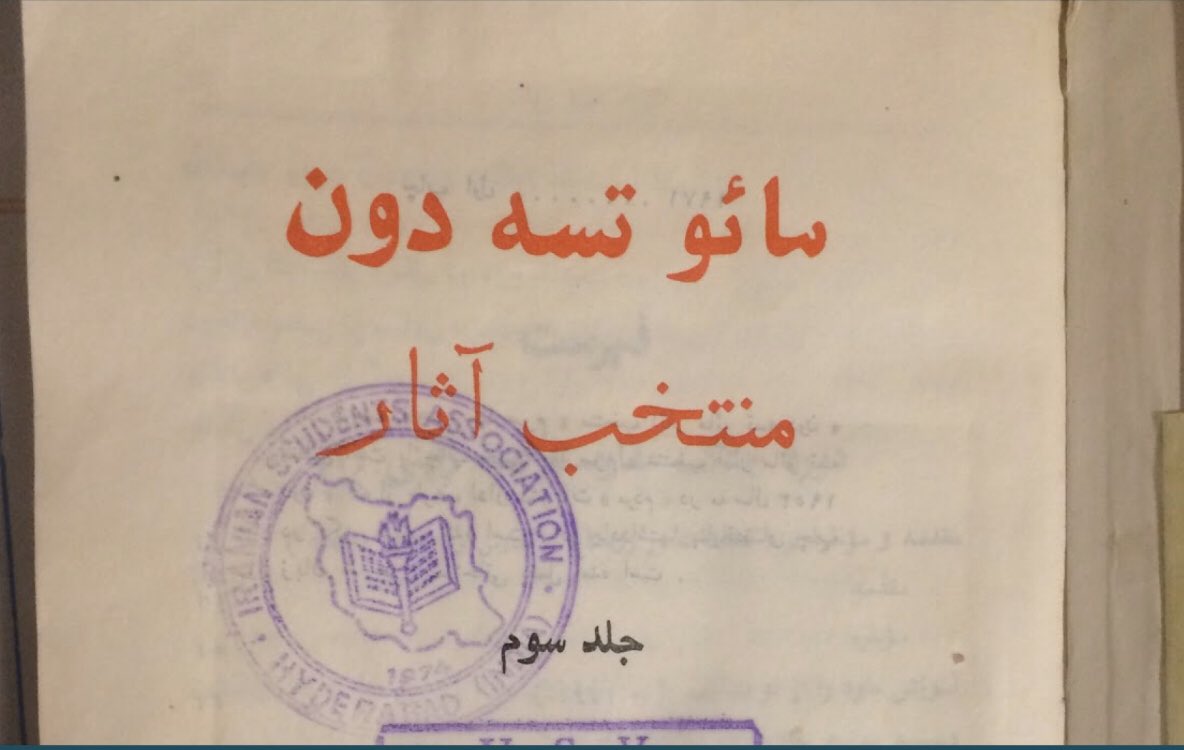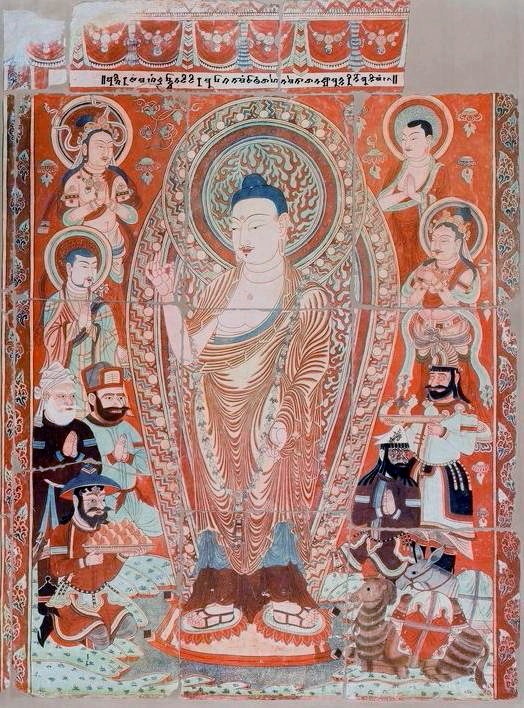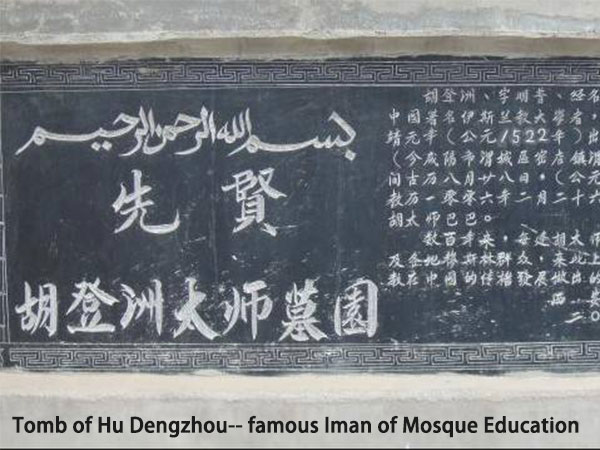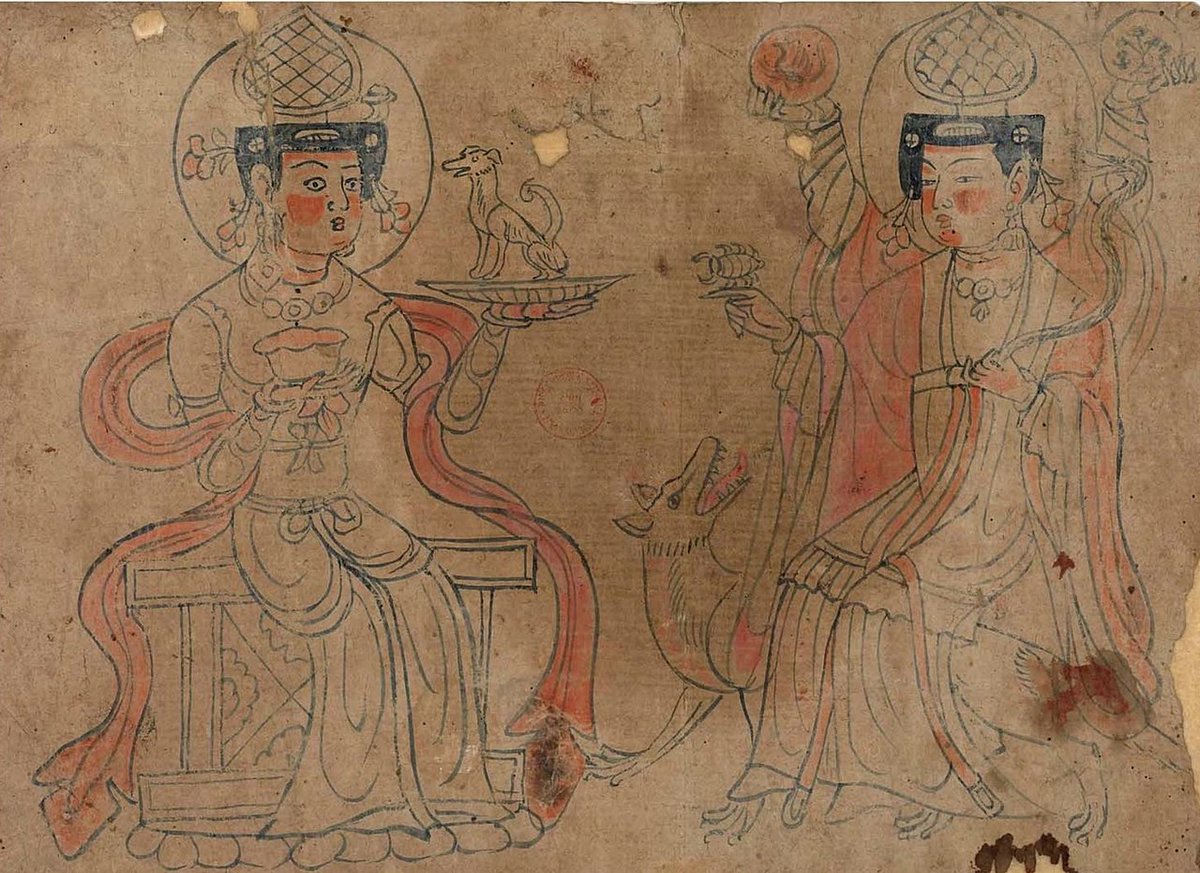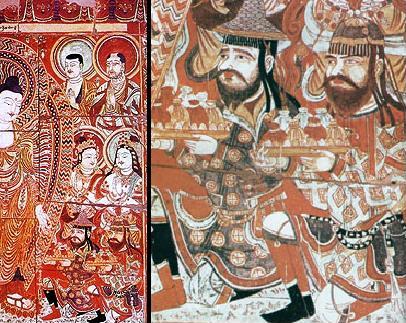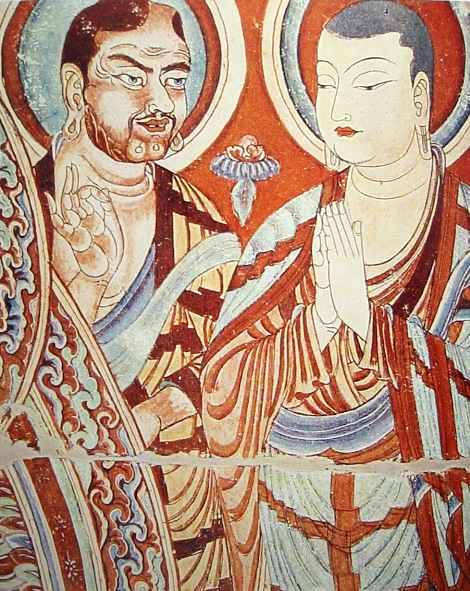
@Swarthy_Bastard Regular readers of my stuff know that I frequently draw upon the insights of scholars such as Afshin Marashi, Kamran Aghaie, Firoozeh Kashani-Sabet, Farzin Vejdani, and @aa51_ansari, who argue that the nation is *the* framework for understanding #Iran.
2/SM


2/SM



@Swarthy_Bastard @aa51_ansari As I argue in this piece from last year for @monkeycageblog, political legitimacy within the Islamic Republic is measured by actors' commitment to the notion that Iran was once, and will once again be, great.
3/SM
washingtonpost.com/news/monkey-ca…
@abuaardvark
3/SM
washingtonpost.com/news/monkey-ca…
@abuaardvark
@Swarthy_Bastard @aa51_ansari @monkeycageblog @abuaardvark "It is the nation...that provides the ultimate reference point in Iran. Whether leftist, liberal or Khomeinist, leaders & opposition alike must bind their agendas to the logic that Iran is primordial, organic & continuous."
4/SM
4/SM

@Swarthy_Bastard @aa51_ansari @monkeycageblog @abuaardvark "Patriotic defense of the country isn’t a passing phase but the default position, the big idea that holds Iran together. There is no need to rally around the flag, Iranians were already there, encouraged by the government to love their country as they love their religion."
5/SM
5/SM
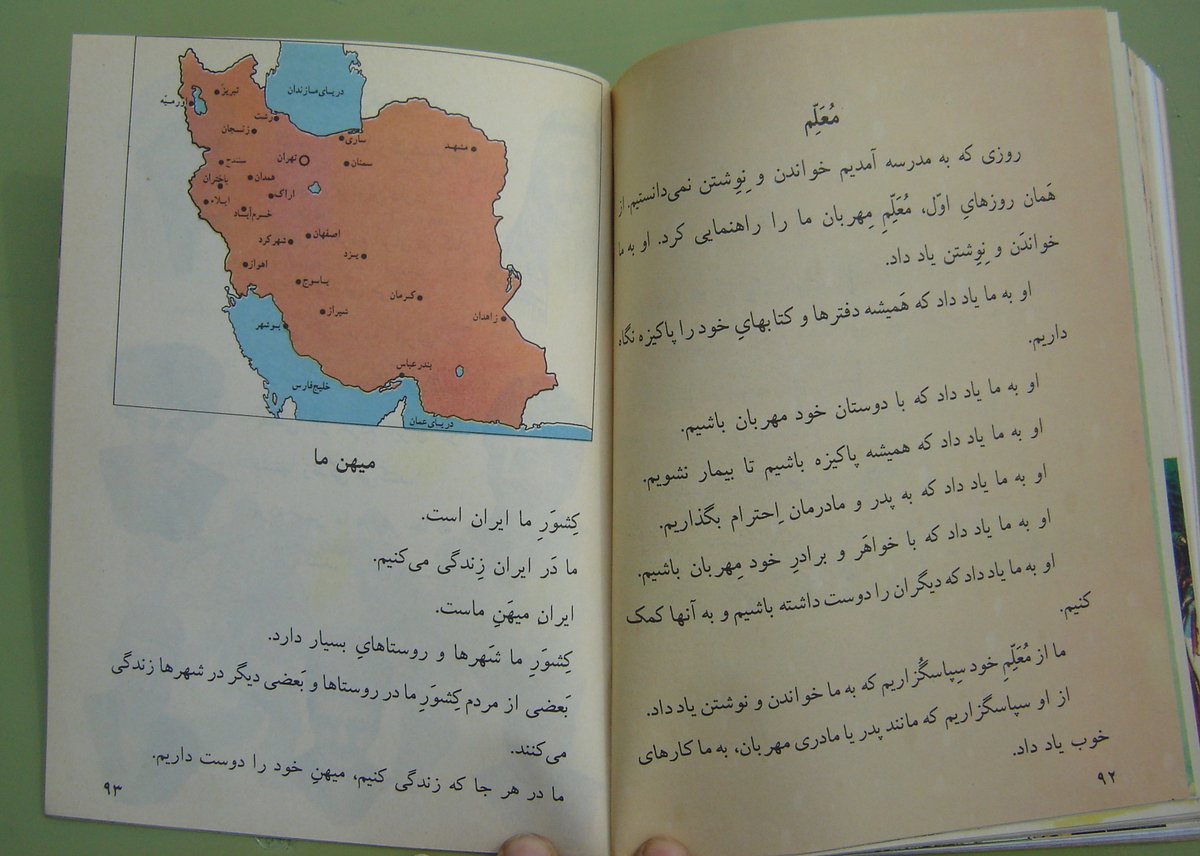
@Swarthy_Bastard @aa51_ansari @monkeycageblog @abuaardvark "Rather than abandoning the project of nationalism inherited from the shah, the [IRI] has extended it, expressing nationalist ideas through religious precepts and values. From its earliest days, the Islamic educational system has included patriotic stories alongside..."
6/SM
6/SM

@Swarthy_Bastard @aa51_ansari @monkeycageblog @abuaardvark "...standard lessons in the content and practice of Islam, as components — not rivals — of an official and shared national identity."
7/SM
#GhatiPati
#GharOGhati
#FromDayOne


7/SM
#GhatiPati
#GharOGhati
#FromDayOne



@Swarthy_Bastard @aa51_ansari @monkeycageblog @abuaardvark As Aghaie argues, while IRI ideologues claim to reject nationalism, their actual policies and proclamations rely heavily upon nationalist concepts. "Therefore, religious & secular leaders in Iran have not been at 2 opposite extremes along a spectrum, with secularists..."
8/SM
8/SM

@Swarthy_Bastard @aa51_ansari @monkeycageblog @abuaardvark "...propagating nationalist ideals and religious leaders opposing those ideals." Marashi also reminds us that the premise that state/society are tied together by a shared national culture extends from the late Qajar period to the present day in Iran.
9/SM
9/SM

@Swarthy_Bastard @aa51_ansari @monkeycageblog @abuaardvark The "rules of the game" are not in dispute in Iran, according to Marashi, but the content of the nation, of the "Real Iran." Washington would do well to understand this, as a baseline for diplomacy and comity, if not friendship, between the two countries.
10/SM
10/SM

@Swarthy_Bastard @aa51_ansari @monkeycageblog @abuaardvark With that, Nilu and I are signing off for the night. Until the next jam session...
11/Fin
#HistoryOfIran
@Swarthy_Bastard
11/Fin
#HistoryOfIran
@Swarthy_Bastard

• • •
Missing some Tweet in this thread? You can try to
force a refresh






